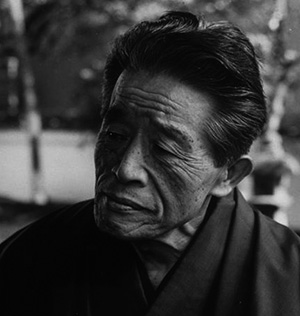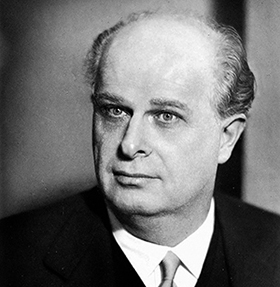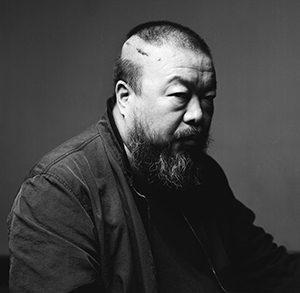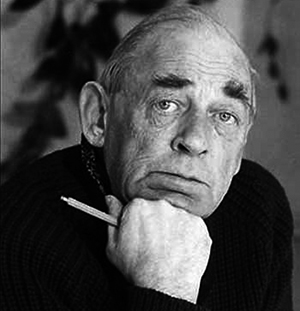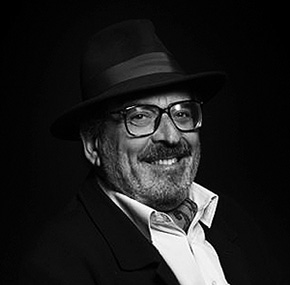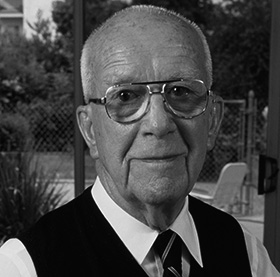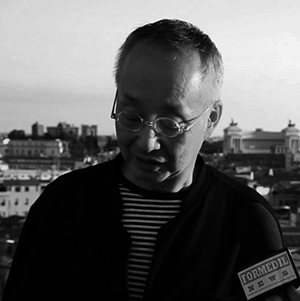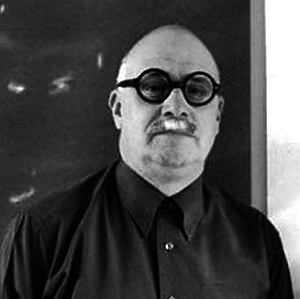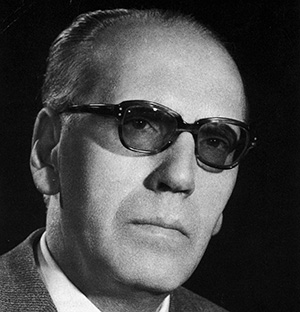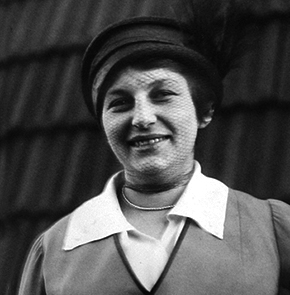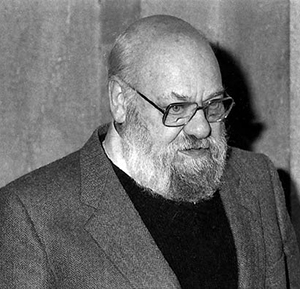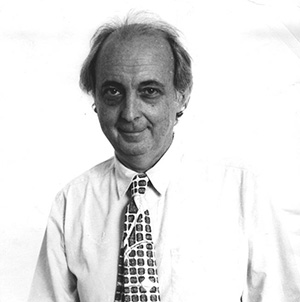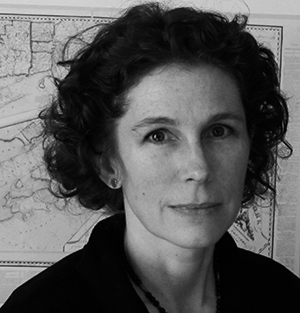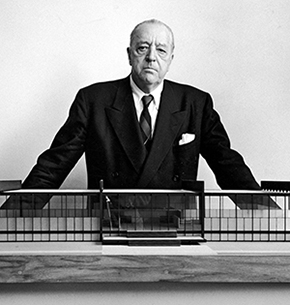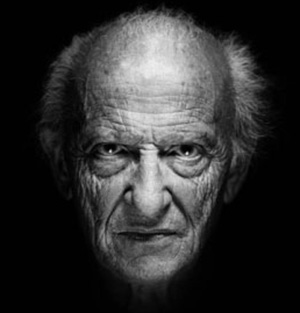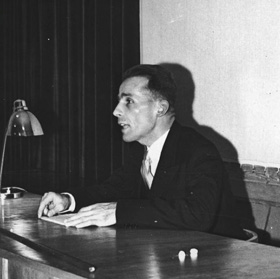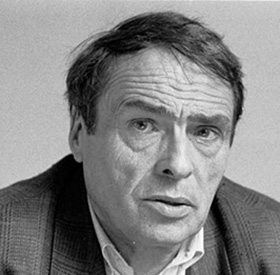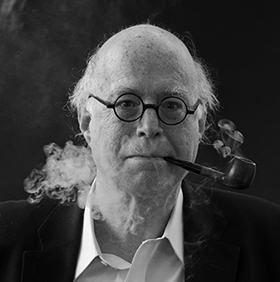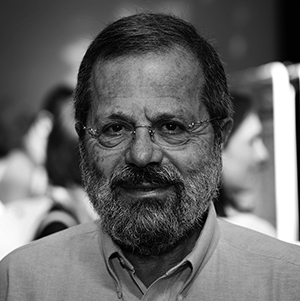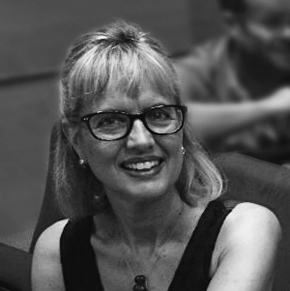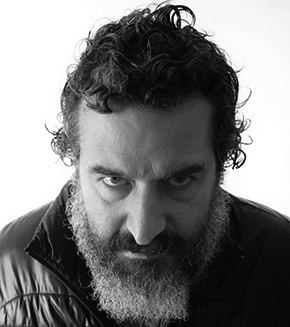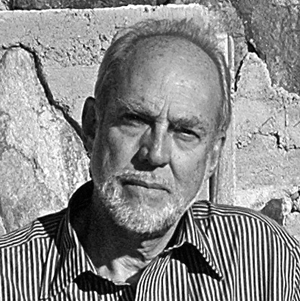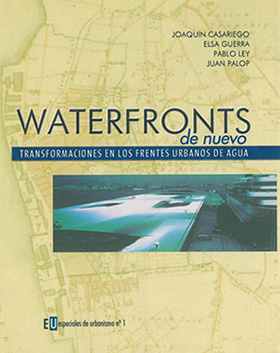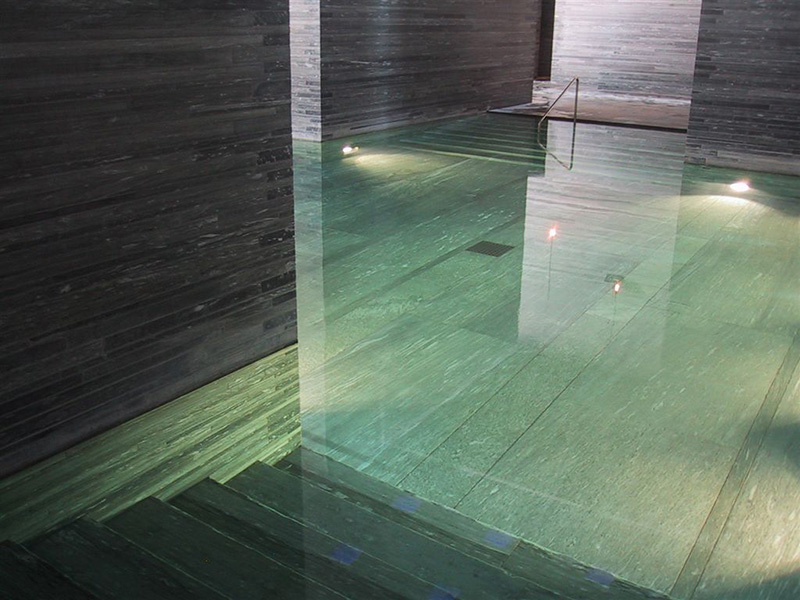 The enigmatic interior of the Therme Vals. Peter Zumthor. Graubunden 1996
The enigmatic interior of the Therme Vals. Peter Zumthor. Graubunden 1996
As time passes there are new and numerous accolades and awards which aim to recognize the professional and artistic merit. Apparently, and support is valuable work in many disciplines but also indirectly magnify the role of patronage who stimulates. However, and because of their seriousness and consistency, just some among these distinctions acquire real value truly important to spread paths. As with the Medal of the Royal Architecture Institute of British Architecture British awarded annually since 1848 and this year was awarded to Peter Zumthor.
In 2013, the RIBA Royal Gold Medal has been granted to-winning Swiss architect Zumthor. An artist of space with a special sensitivity for materials and atmospheres whose proposals arise from a radical craft practice. It is the result of a committed path the building trades but also universal art. His long professional career began in 1958, Basel then the architect learning begins his carpentry and then turn to study industrial design and finish training as an architect in New York, ten years later. With that baggage acquired has achieved some exceptional works built over the last thirty years.
Peter Zumthor is a character widely known in the world of international architecture. He has taught at prestigious centers of many countries and has magnificent buildings along his already long career. It is a very tied to their home communities. Always wanted to build near his personal residence, mainly in the Swiss canton of Graubünden; as Capilla de Saint Benedict one Sumvigt the 1989, the Therme Vals of 1996 or the House of Art Bregenz 1997. It was a way of being able to transmit that special personal touch that only produced working and interacting in a way close to the multiple actors involved in a work of architecture. Over the years, and its increasing global recognition, also happened to start working on more distant countries as Brother Klaus Chapel in Mechernich, in Germany and the Memorial of Victims Hunting Witches in Vardo, in Norway 2011.
His work is characterized by a great master, precision and constructive monitoring in the provision of materials. From a strict discipline, high containment and control of light, generates highly inspiring poetic spaces indirectly demonstrating the depth of thought of the author. Is the philosophical follower of phenomenology and thus produces beauty from silence, essential emotions and integrity of thought.
In his speech of thanks to the award of the Medal of the RIBA, held last February, just used images to express the quality of one's experience and your deepest feelings. The titled Seven comments on the presence in Architecture and it is a document that allows you to appreciate the quality of a single thought in contemporary architecture.
Royal Gold Medal 2013 Lecture – Peter Zumthor from RIBA on Vimeo.
Excerpt Here are some ideas he wanted to convey there as part of those comments that identifies with the representation of space:
1.- Spring 1951 Memories of the city of Basel
A first personal memories on the street, running along the river at the beginning of spring and feeling a certain odors that remain in memory throughout life, make forever identify the city in which you are born with a certain mental images repeatedly returning.
2.- As a tree.
Referring to a specific work of a little-known Austrian novelist, Donors, in describing a specific landscape for tens and tens of pages, the architect just the emotional feeling of that particular geographical space. According to him, and in relation to that image, a true work of art just looks like building a literary example demonstrates this. Something that has roots, trunk and branches, as a tree; and grows into a tangible reality for the senses. Building a presence should be something that is itself evidence, that part of the silence and just not needing an explanation.
3.- Building presence in Architecture.
First attempt: Construction pure (minute 13,36)
Based on the idea of achieving a presence in architecture, Zumthor presents a first attempt to build something like a commissioned work to define a Monument to the Gestapo in Berlin. He started with a simple idea, a beam and a screw which are combined in different variations. A project that did not materialize but, for it, if it acquired significance in the minds of some people. Later, twenty years later, recover that concept for another memorial space, a monument to the 19 women burned, accused of practicing witchcraft, at Memorial Vardo in Norway. As expressed in this regard, the ideas are not lost.
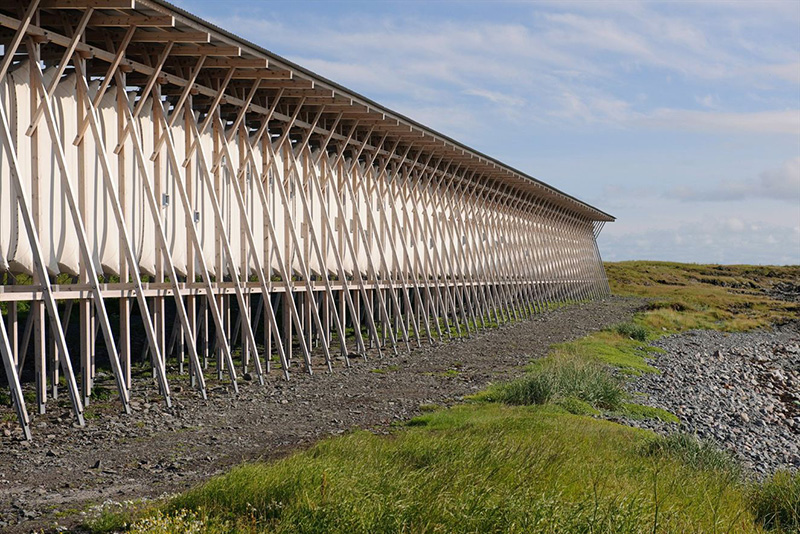 Memorial Steilneset. Vardø in Norway. Peter Zumthor y Louise Bourgeois, 2011
Memorial Steilneset. Vardø in Norway. Peter Zumthor y Louise Bourgeois, 2011
4.- Second try: The epitome of a kitchen
Or do typical, then become special (minute 18,32)
When approaching a work of art is incorporated into this effort all the specific expertise of a person. That he felt and enjoyed individually, what met through culture, I learned from multiple sources, interaction with other, etc.. As a kitchen for someone who plans ends up becoming very personal, the epitome of a use of space. Thereby, simple and banal experience accumulated by the spatial condensation of the memory of a person, eventually becomes a special, only.
5.- Third attempt: Form follows something
Or the Body of Architecture (minute 22,20)
Before Zumthor, the design of a building is not the way, but the rest of the things that affect you, use, light, structure, odor, shadows, etc.. That's what really matters, he calls the body of architecture.
The form is the product of the previous effort and easier to control. Is the creation of the presence, the body of the architecture which is more difficult to create. It is something related to the construction and, course, with materiality. Place correctly the components of the work of architecture is a kind of alchemy in which if you do the proper combinations begins to emerge something that goes beyond mere appearance.
As the romance that has appeared between the water and the stone at the Baths of Vals. There's a beautiful relationship that comes surprisingly dialogue of these two materials and it has nothing to do with the way.
6.- Fourth attempt: The house formless
A betrayal of the architect's own method (minute 27,06)
In one of the places where Zumthor teaches architecture proposed years ago an exercise unorthodox architecture students: Thinking about a project without recourse to drawings or models.
Simply express the emotions inherent in familiar places and the particular experiences of each. As emerged in relation to Crete where the student uses red earth, A window, a chair and a specific table from which you can make a very personal reading. All, is somewhat consistent with the construction of emotional spaces, as in the chapel for Brother Klaus.
7.- Fifth attempt: Last
The sonata n º 2 in E under greater for Viola and Piano by Johannes Brams (minute 31.20)
Music is a great tool to catch the emotion in an instant. A poetic quality in other arts is much more difficult to obtain. The interesting thing is to get that same reaction in a work of architecture where self-trapping is the maker of beauty through the evocation of experiences that are close.
Before Zumthor, all this effort it is something simple: have the feeling that you are in the world, you are part of that place and it is always bigger than you.
More Information:
Peter Zumthor. RIBA Royal Gold Medal 2013
Architecture is not about form. Dezeen Magazine 06/02/2013
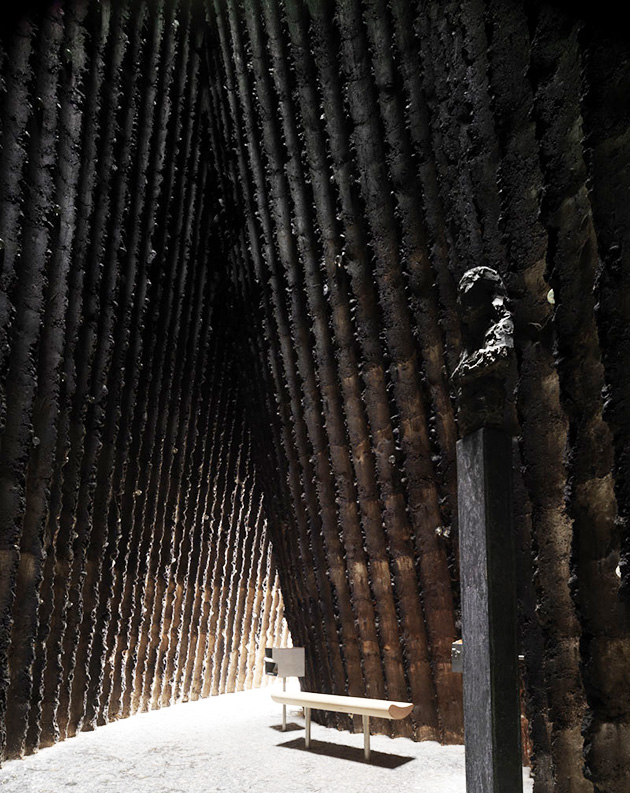 Brother Klaus Chapel. Mechernich, Germany. Peter Zumthor, 2007
Brother Klaus Chapel. Mechernich, Germany. Peter Zumthor, 2007
